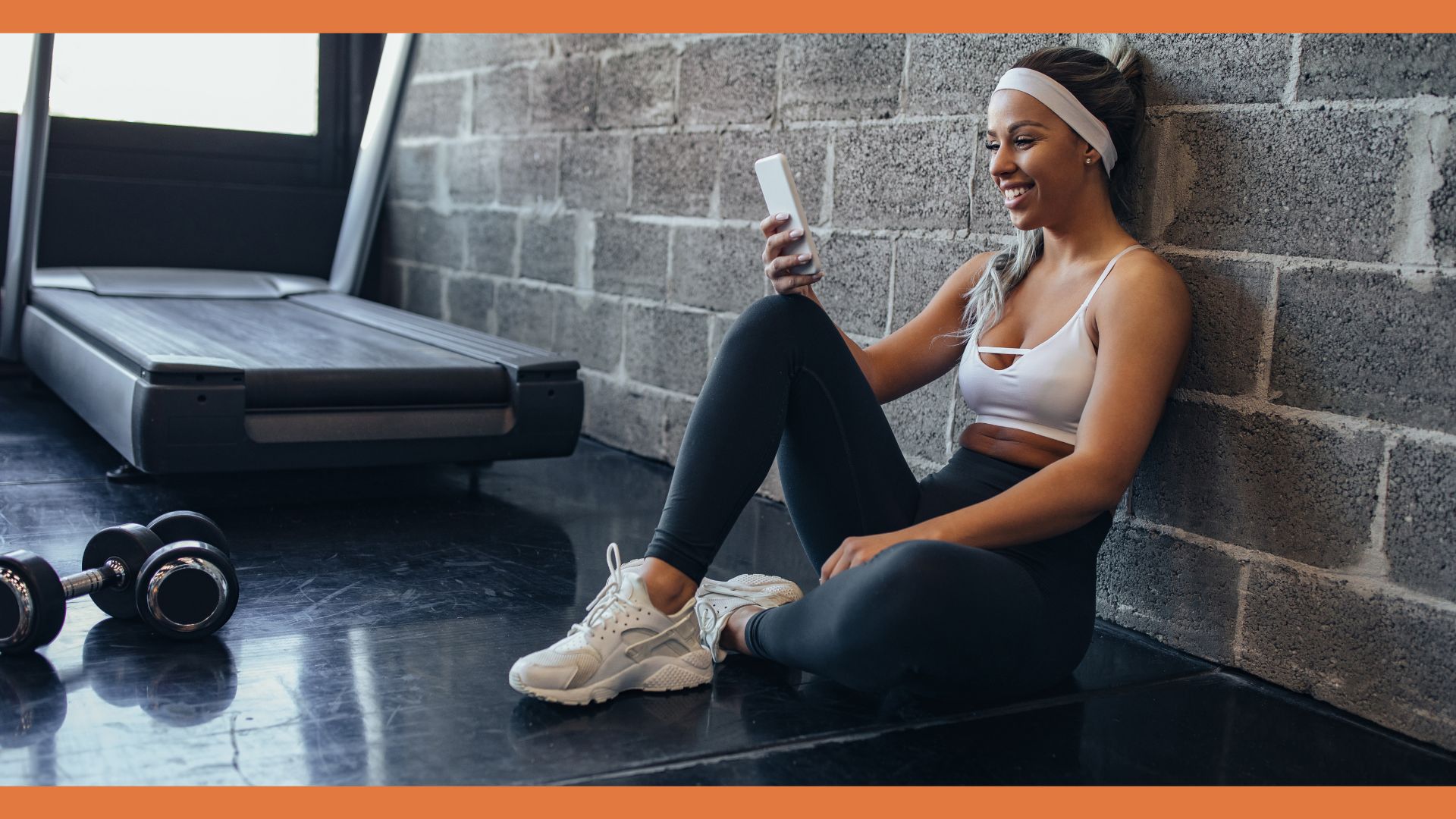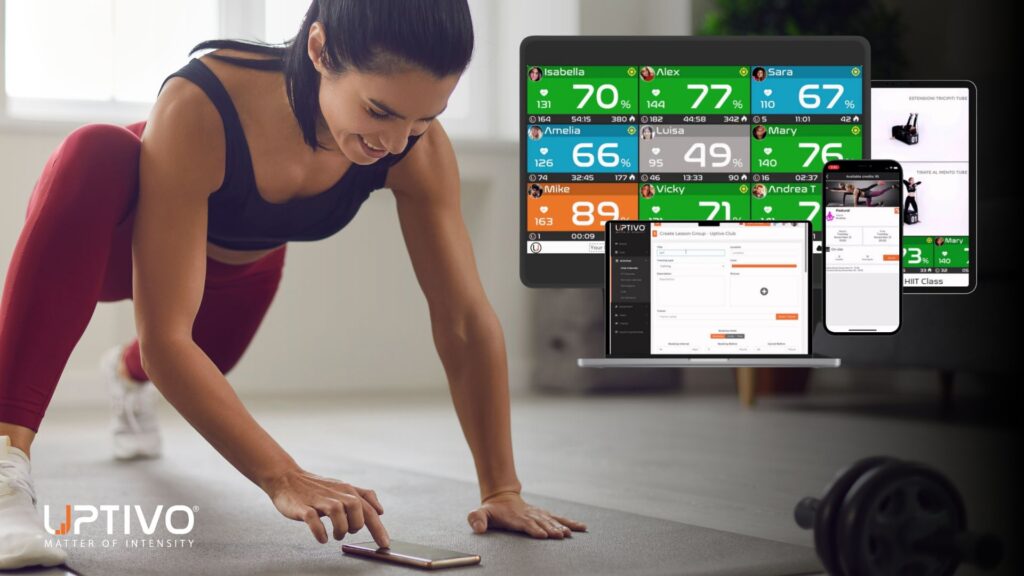
Study on Fitness Apps: How to Choose the Right Service for Your Center
The objective of this research was to analyze the behavior of fitness app users through various studies, evaluating the importance and value that they attribute to the perceived quality of the apps, based on the gender and age of the consumers.
The IPA method (Importance-Performance Analysis) has rarely been used in sports research, where most studies have focused only on performance evaluation. This research, conducted by combining the basis of many studies previously conducted by third-party researchers, and a study based on users of Uptivo services, offers valuable information for developers of fitness apps such as Uptivo and sports managers, allowing them to understand which aspects are most appreciated by consumers to increase the use of apps and, possibly, the frequency of physical activity of users.
Recent studies have found that, based on importance, the most relevant factors for predicting the intention to use a fitness app were perceived fun, followed by perceived system quality and perceived utility. For performance, the most relevant factors were also the perceived enjoyment and the quality of the system, while the third factor was the perceived ease of use.
Following the guidelines of several previous studies, this study identified the aspects that fitness app users consider most important and those that are most valued. In this way, Uptivo’s developers work to continue to improve the features and content of their app based on the needs of target users. Studies have found that, when comparing the current supply of the fitness app market with user preferences, there is a discrepancy in user perceptions. This implies that there is currently a lot of room to improve the app market to develop specific apps that match the preferences and needs of users.
The results obtained in the total sample showed that users consider the credibility of the information received from the fitness app as the most important aspect. Other studies have obtained similar results, finding that the aspects most valued by users are those that collect accurate, significant and useful data. Uptivo developers should focus on the usability and quality of the app, creating online training courses on the use of technologies and apps.
Existing behavioral theories determine that the utility of the app is the primary factor when considering its use. Sports users seek continuous improvement in their physical fitness through challenges or objectives established from the data received through the app. For example, studies found that perceived utility and perceived aesthetics were highly correlated with how receptive users were to the persuasive characteristics of a fitness app.
This data can provide behavioral clues about the use and factors that determine the perceived quality of fitness apps. It’s important to consider that both credibility and entertainment are subjective and difficult to measure. These factors can be key to consolidating the base that predisposes to the use of a fitness app and generates a greater perceived quality in its sports users.

In terms of gender, women place greater importance on the quality of the fitness app’s information than men. Similar to the data obtained in the total sample, credibility scores the best and entertainment the worst when analyzed by age group or gender. However, although the male group rated credibility as the most important element, it was the quality of the information that was the most important aspect for men.
Women scored significantly higher on the factors of functionality, aesthetics, and information than men.
In relation to the objective of this study, it is concluded that, with regard to the usage behavior of a fitness app like Uptivo, credibility is the most important factor and appreciated by users, regardless of gender or age. The second factor is the quality of the information and the third is ease of use. This is important because credibility was found to be the most valued and important aspect in terms of gender and age. The cluster analysis confirms the degree of satisfaction with the attributes, showing the existence of two groups based on the intention to recommend the fitness app, highlighting that about 70% have a high intention to recommend its use thanks to the benefits it can bring to other people.
The results show two groups in agreement with the perception of the fitness app. The high-recommendation group scored higher in all factors and items of importance than the low-recommendation group, with the exception of entertainment and interest items. For both groups, the most important element was credibility, followed by the quality of the information. In addition, the results showed significant differences for the elements of performance, graphics, and credibility.
Some studies have shown that the use of an app that integrates all aspects of the services offered by your fitness club, such as the calendar of activities, reservations, payments and the renewal of the necessary documentation (such as the medical one), together with the possibility of having a history of your workouts with all the data related to your performance through the monitoring of biometric data, and in addition a system for getting real-time feedback from your instructor, is the most performing and loyal thing there can be. Uptivo, even taking these data into account, is continuing its implementation with a vision that puts at the center of everything the real satisfaction and engagement of the customer of the fitness center, fitness boutique or personal training studio, with a mission based on making its services constantly updated and its commercial formulas customizable in order to adapt to different needs.
In conclusion, a fitness app that offers the user what they are looking for will allow them to have a high perceived quality and, therefore, a better experience during its use, which will result in greater satisfaction. To this end, knowledge of the variables that influence the usage behavior of fitness apps will be essential. Finally, the results showed that age is a factor to take into account, as older users may feel less identified when using a fitness app.


